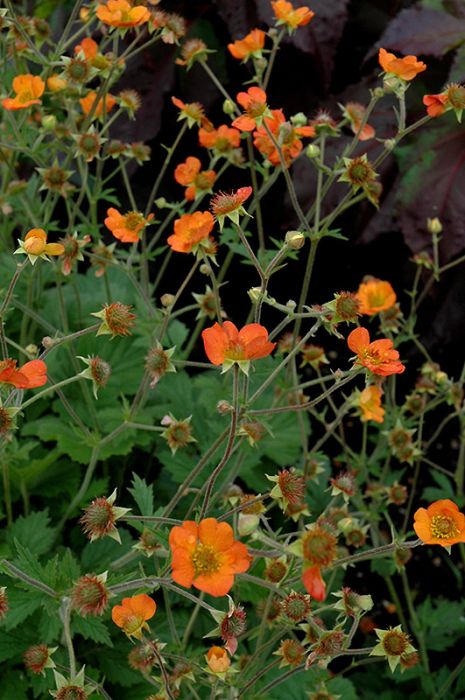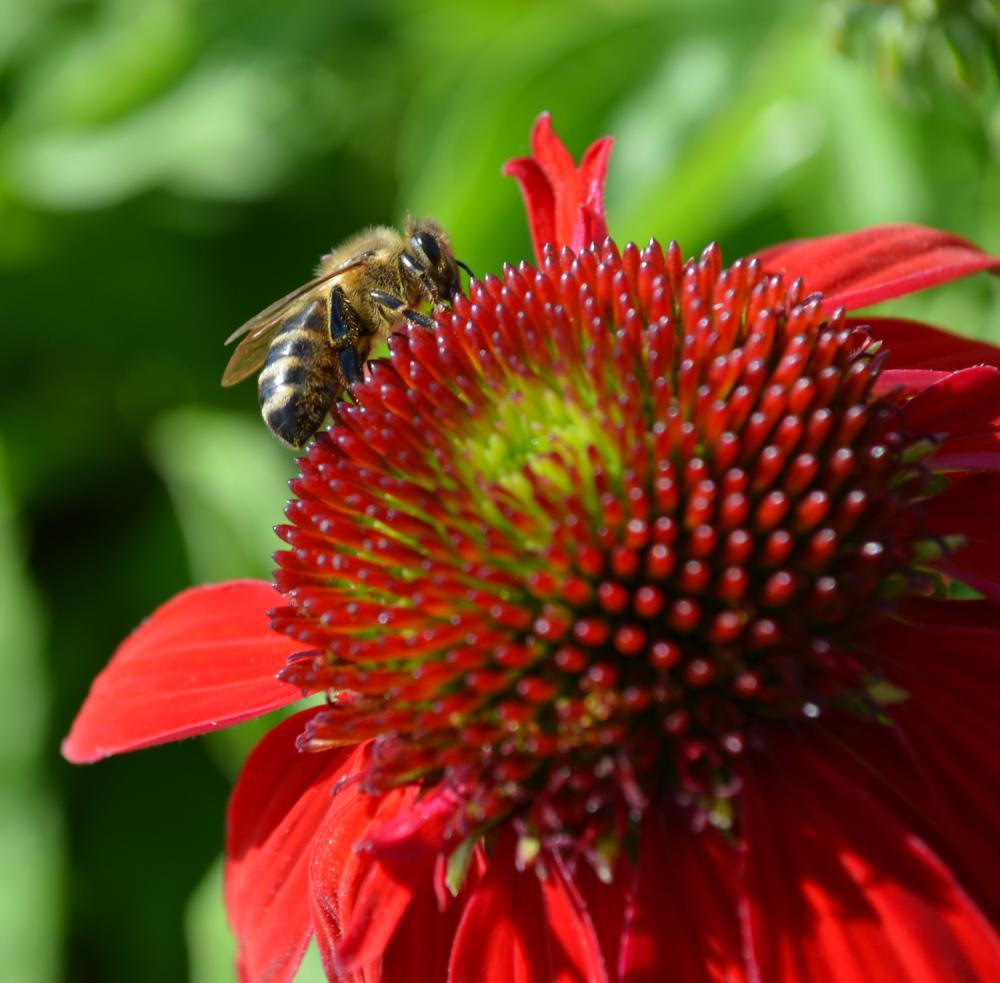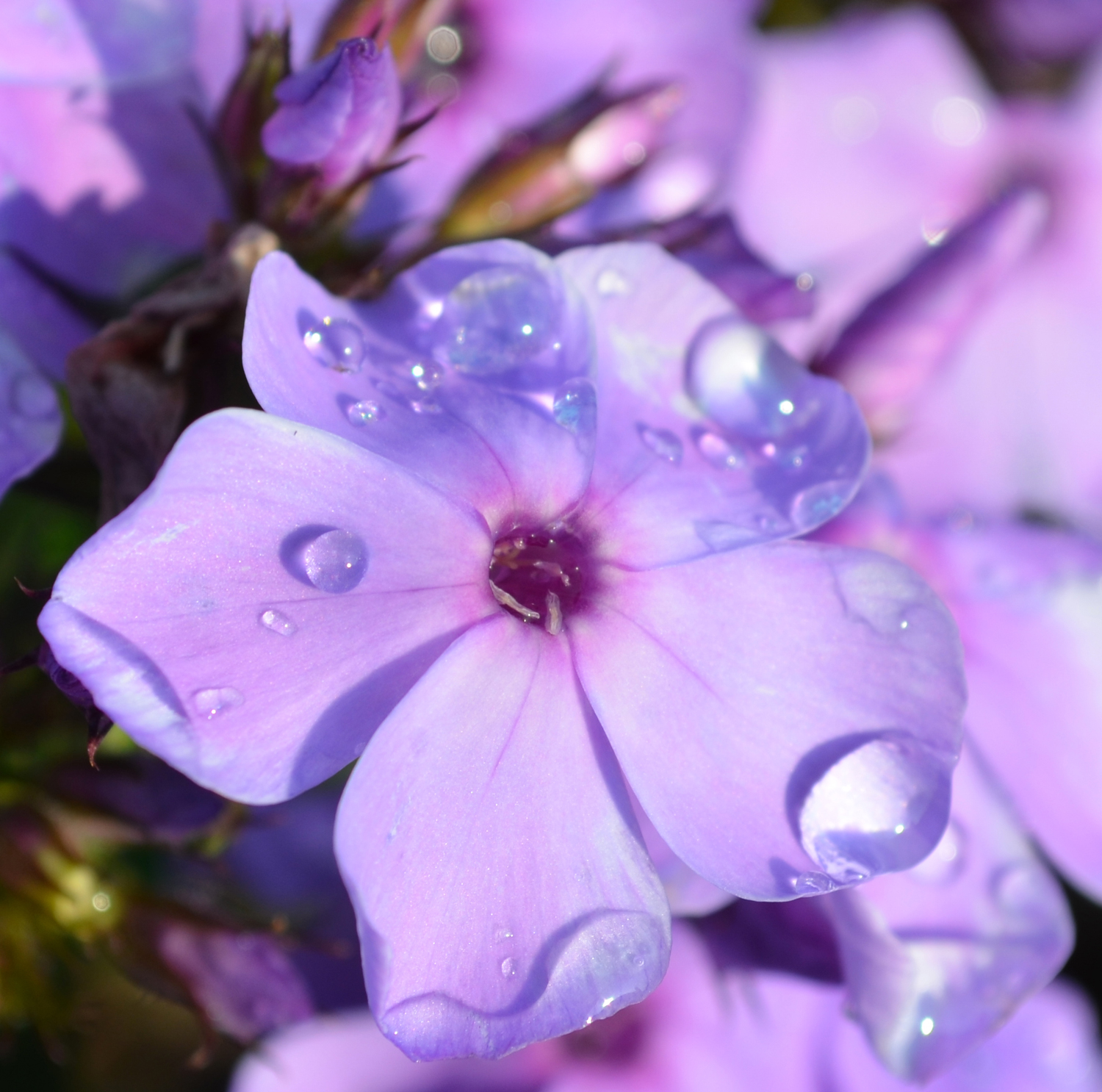Geum, Hybrid 'Totally Tangerine'




Out of stock
Availability updated daily- Sun Preference
- Full-Sun, Part-Sun
- Bloom or Harvest Time
- June, July
Description
Prolific with large, ruffled flowers that are tangerine in color on tall stems; blooms throughout the summer; green foliage turns burgundy in fall; stunning in borders and perennial beds
Minnesota's largest Selection of Perennials
Discover an unparalleled selection of perennials at Gertens! With the largest variety in Minnesota, we offer endless options of colorful perennials, natives, and pollinator plants to beautify your garden year after year. From vibrant flowers to lush foliage, our perennials are perfect for adding beauty and charm to your outdoor space. Visit Gertens today and see why we're known as Minnesota's Destination Garden Center!
Details
Height: 30 inches
Spacing: 15 inches
Sunlight: ![]()
![]()
Hardiness Zone: 4a
Other Names: Chilean Avens
Description:
Prolific with large, ruffled flowers that are tangerine in color on tall stems; blooms throughout the summer; green foliage turns burgundy in fall; stunning in borders and perennial beds
Ornamental Features
Totally Tangerine Geum has masses of beautiful orange frilly flowers with gold eyes at the ends of the stems from late spring to mid summer, which are most effective when planted in groupings. The flowers are excellent for cutting. Its tomentose lobed leaves are green in color. The foliage often turns burgundy in fall. The fruit is not ornamentally significant.
Landscape Attributes
Totally Tangerine Geum is an herbaceous perennial with tall flower stalks held atop a low mound of foliage. Its relatively fine texture sets it apart from other garden plants with less refined foliage.
This is a relatively low maintenance plant, and should be cut back in late fall in preparation for winter. It is a good choice for attracting butterflies to your yard, but is not particularly attractive to deer who tend to leave it alone in favor of tastier treats. It has no significant negative characteristics.
Totally Tangerine Geum is recommended for the following landscape applications;
- Mass Planting
- Rock/Alpine Gardens
- Border Edging
- General Garden Use
- Container Planting
Planting & Growing
Totally Tangerine Geum will grow to be about 30 inches tall at maturity, with a spread of 20 inches. When grown in masses or used as a bedding plant, individual plants should be spaced approximately 15 inches apart. Its foliage tends to remain dense right to the ground, not requiring facer plants in front. It grows at a medium rate, and under ideal conditions can be expected to live for approximately 3 years.
This plant does best in full sun to partial shade. It prefers dry to average moisture levels with very well-drained soil, and will often die in standing water. It is not particular as to soil type or pH. It is somewhat tolerant of urban pollution. Consider applying a thick mulch around the root zone in winter to protect it in exposed locations or colder microclimates. This particular variety is an interspecific hybrid. It can be propagated by division; however, as a cultivated variety, be aware that it may be subject to certain restrictions or prohibitions on propagation.
Totally Tangerine Geum is a fine choice for the garden, but it is also a good selection for planting in outdoor pots and containers. With its upright habit of growth, it is best suited for use as a 'thriller' in the 'spiller-thriller-filler' container combination; plant it near the center of the pot, surrounded by smaller plants and those that spill over the edges. Note that when growing plants in outdoor containers and baskets, they may require more frequent waterings than they would in the yard or garden. Be aware that in our climate, most plants cannot be expected to survive the winter if left in containers outdoors, and this plant is no exception. Contact our store for more information on how to protect it over the winter months.
More Information
| Bloom or Harvest Time | June, July |
|---|---|
| Sun Preference | Full-Sun, Part-Sun |
| USDA Hardiness Zone | 4, 5, 6, 7 |
| Common Family Name | Avens |
| Mature Spread (Range) | 24" - 36" |
| Mature Height (Range) | 25" - 36" |


